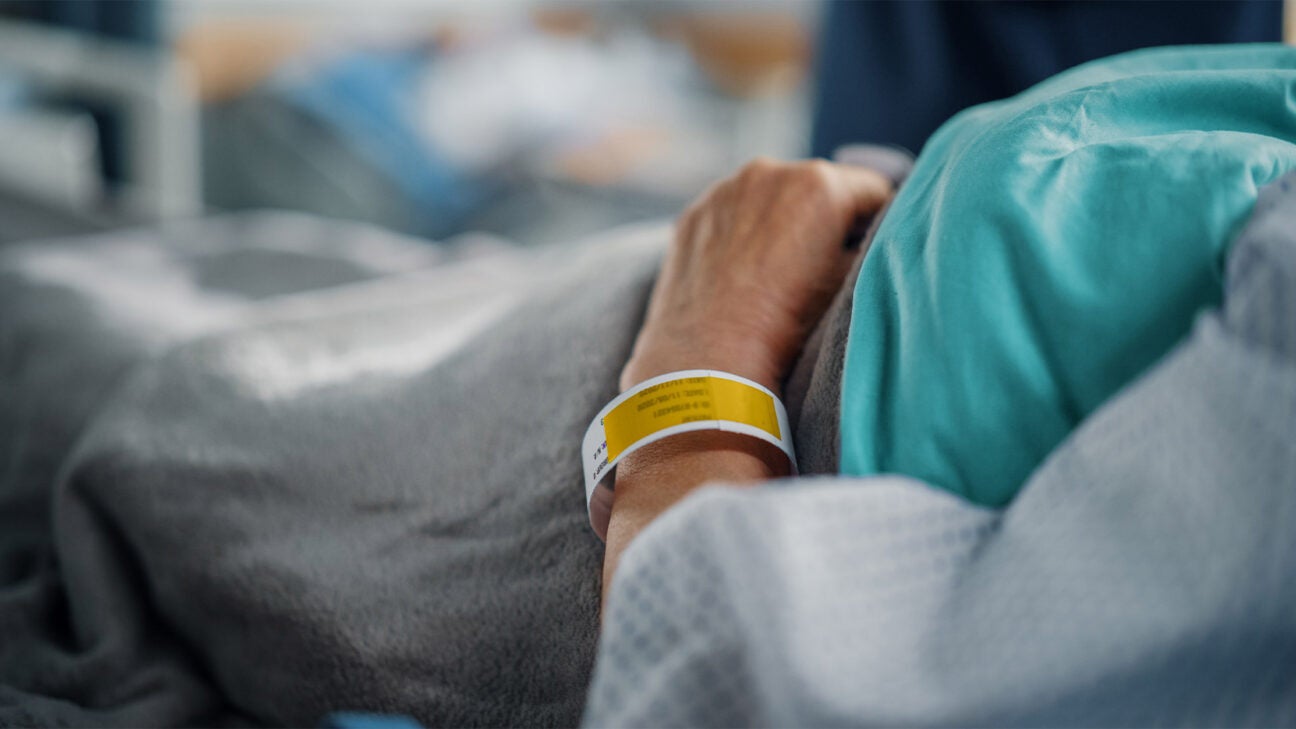
- Experts say there has been an increase in a rare syndrome called Guillain Barré in Peru.
- The condition can occur when the immune system attacks the nervous system after either a viral or bacterial infection.
- Past cases in Peru were triggered by a bacterial infection, but it’s unclear what is causing the current surge in cases.
This month the Pan American Health Organization (PAHO) released an announcement alerting the public and health professionals to a significant increase in cases of Guillain-Barré syndrome in Peru.
The country has traditionally seen fewer than 20 cases per month, but in the last four weeks, they have seen 96.
The highest number of these cases were reported in Lima. Those of all ages, ranging from children to those over 60 have been affected, with the average age of patients being 41.
Guillain-Barré syndrome can lead to paralysis
Guillain-Barré Syndrome occurs when the immune system starts to attack parts of the nervous system. It often occurs with an initial infection—either bacterial or viral—that leads to a serious immune response causing swelling in the brain and spinal cord.
This can progress to slowly advancing paralysis. Generally, the paralysis will then lessen over time but it can take weeks to months. The symptoms of Guillain-Barré can be very serious and sometimes lead to death.
Guillain-Barré syndrome is known to have multiple conditions that trigger it, including influenza, bacterial infections and others.
The country has been battling a massive Dengue fever outbreak that has reportedly sickened at least 150,000. But that hasn’t been linked to the Guillain-Barré syndrome.
During Peru’s last outbreak, in 2019, the cause was traced back to a bacteria called Campylobacter jejuni.
Dr. William Schaffner, MD, an infectious disease specialist at Vanderbilt University Medical Center, says that this is one of the diseases that has a higher chance of causing the syndrome.
“That’s been known in the past, in previous studies, to be one of those predisposing infections that can result in Guillain-Barré… this [bacteria] is an infection that can be transmitted through contaminated food, sometimes contaminated water, it can to a degree be spread person to person,” Schaffner said. “So I think the origins of this remain still not completely investigated. We haven’t solved that puzzle.”
The previous outbreak in 2019 led to 900 reported cases. However, Dr. Eelco F. Wijdicks MD, PhD, a neurointensivist at the Mayo Clinic, says that it will take some time to confirm the cause of cases this time around.
“We noticed most patients with [Guillain-Barré syndrome] get their disease from a viral illness and not from the bacterial illness, but it’s [Campylobacter jejuni] known as typically associated with more severe cases. So it can all be true, but to be verified it needs to be seen in official publications before we can say anything,” Wijdicks said.
Of the 191 cases that met Peru’s criteria for Guillain-Barré syndrome that happened this year, 77 have been confirmed. Those statistics include four deaths. Schaffner says that one interesting element is that countries near Peru have not reported similar cases.
“I would think if there is more widespread disease, if it starts to spread to other countries, then this becomes of even greater public health importance. I’m sure the Peruvian public health authorities have gone to PAHO and asked for some epidemiologic assistance in investigating this outbreak.”
Guillain-Barré syndrome can be treated
The severity of symptoms and the typical timeline for a person’s recovery from Guillain-Barré Syndrome can vary wildly.
In more severe cases, paralysis can mean that people with the syndrome need a ventilator to survive. The most effective treatment to increase the speed of a person’s recovery is intravenous immunoglobulin. Dr. Amy Yu, MD, director of the Multiple Sclerosis and Neuroinflammation Center with Marcus Neuroscience Institute, says that those who don’t respond well may be shifted to another method called plasma exchange.
Because of the paralysis that Guillain-Barré Syndrome causes, Wijdicks says that it can cause difficulties in effectively treating people with the syndrome.
“The treatment really is efficient critical care management for more severe cases and avoiding complications as a result of immobilization.”
How to avoid Guillain-Barré while traveling
While Guillain-Barré Syndrome cannot be spread from person to person, experts say it’s essential to focus on your hand hygiene and food choices if you’re traveling to areas with Guillain-Barré caused by bacterial infections.
Yu said that is especially the case given that the cause for the previous outbreak was rooted in a bacterial infection. Yu says this most commonly includes cleaning items that you come in close contact with or are ingesting.
“I would advise increased attention to sanitation and hygiene, especially as it pertains to food or other products that comes into contact with the nose and mouth,” Yu said. “Infection with Campylobacter jejuni typically manifests with diarrhea and other symptoms of food poisoning. Not all patients who become infected will develop Guillain-Barré syndrome, but prevention of infection is the best protection.”
Schaffner says, when it comes to food, there are tried and true strategies you can employ to reduce your risk.
“As one of my past professors used to say, he was an expert in travel medicine, don’t eat anything that you can’t either cook or peel.”
Takeaway
Peru is grappling with an increase in cases of Guillain-Barré syndrome. The condition occurs after either a viral or bacterial infection and is the result of the immune system attacking the brain or spinal cord. The syndrome can lead to paralysis or death.
What to Know About Guillain-Barré Syndrome After Peru Outbreak
Source: Pinoy Lang Sakalam



0 (mga) komento:
Mag-post ng isang Komento